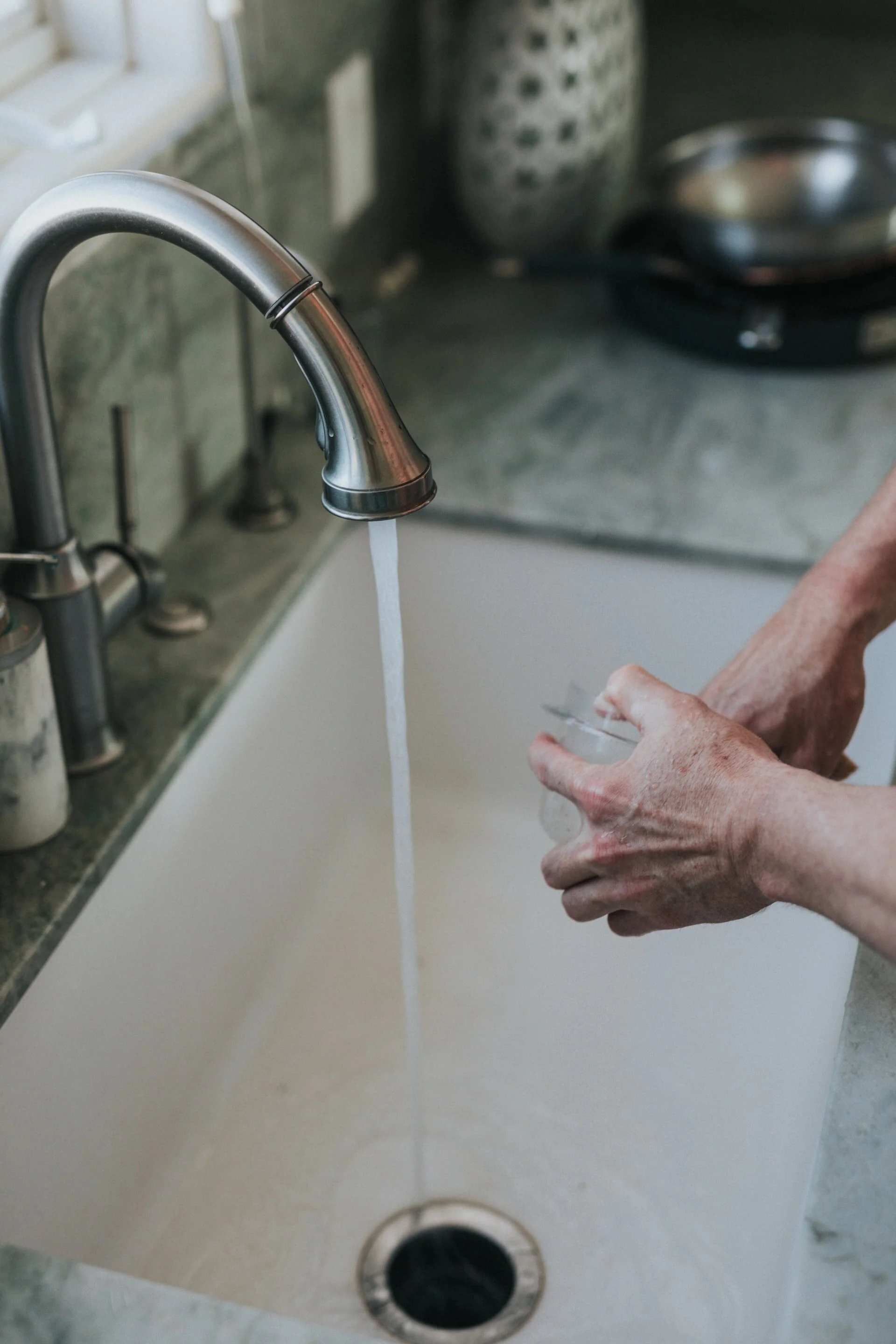You rely on your garbage disposal a lot — whether you’re cooking a meal or cleaning up after one, or even just clearing out your refrigerator, it’s good to know you can send most food scraps down the sink and then count on your garbage disposal to grind it all up so it can be flushed away.
But sometimes you might stop and wonder: Does all that use take a toll on your garbage disposal? After grinding up so many food scraps, it must get dirty! And is there a risk that it could start to have trouble breaking down food scraps if you don’t take care of it?
In short, how do you maintain a clean and efficient garbage disposal?
The good news is that your garbage disposal is actually pretty good about keeping itself clean. Although most people think of a garbage disposal as having blades, it actually has little teeth-like nubs that don’t require sharpening and are able to break up food particles without getting the food particles stuck to them. As long as you don’t give your garbage disposal anything it can’t break up, it should be able to maintain itself.
However, there are a few practices you can adopt to make sure your garbage disposal stays in peak condition:
Clean it up.
Sure, the garbage disposal’s teeth aren’t likely going to have food caked to them for a long time, but it’s still important to give the chamber and the baffle (the black rubber screen just inside your drain) a good wipe down every so often.
Before you clean your disposal, make sure you turn off the electricity to the device. Even if you don’t think it’s possible for you to hit the electric switch that turns your disposal on and off, it’s better to be safe than sorry. Never put your hand down the garbage disposal unless the electricity is off!
Use a soapy sponge to wipe down the inside and outside of the baffle, followed by a good wipe around the inside of the disposal’s chamber. You can also use an old toothbrush to get into hard-to-reach places.
Sprinkle baking soda down the drain and allow it to sit for a few minutes. Pour a cup of white vinegar down the drain, and place the drain cover over the opening to contain the chemical reaction. Once the baking soda and vinegar have finished fizzing, flush the garbage disposal with warm water to rinse away any debris. Follow this with lemon juice, which has natural acid that will hinder bacteria growth.
Be sensible about what you put down the garbage disposal.
The garbage disposal isn’t a trash can — you should never put food scraps like pits, fruit stones, cores, bones, eggshells, or anything highly absorbent like raw pasta or rice.
More importantly, don’t overstuff your garbage disposal. Only put small amount of food scraps down at a time before grinding and flushing, then adding a little bit more. Keep the water running to help the scraps continue flushing down the drain after they’re ground up. Avoid using hot water, which can cause fatty or oily parts of your food scraps to soften, then congeal later once they cool down.
Avoid chemicals.
You may be tempted to put products down your garbage disposal like bleach or deodorizing disinfectant, but you want to avoid harsh chemicals. Not only can they damage your plumbing, but in the case of your garbage disposal, you could risk having them splash back up the next time you run the mechanism. Instead, stick with all-natural cleaners like lemon juice and white vinegar, or you can seek out degreasers specially formulated for a garbage disposal.
Keep the disposal running until everything is fully ground up.
You might be tempted to flick the electric switch, listen to the garbage disposal run for a few seconds, and then flick the switch back off. Instead, take the time to listen until you can no longer hear the food waste being ground. This will prevent any unground food waste from sitting inside the garbage disposal chamber.
Don’t let your garbage disposal sit unused for an extended period of time.
If you go for a long while without using your garbage disposal, it could potentially suffer rust and corrosion. Instead, be diligent about using your garbage disposal regularly with plenty of flowing water while you run it so that the device stays in good working order.
Know where the reset button is.
Most garbage disposals are made to turn off if they encounter something that will harm their mechanism, such as a piece of flatware. When this happens, remove the offending item from the disposal and then reset it by pushing the small button on the underside of the chamber’s exterior.

